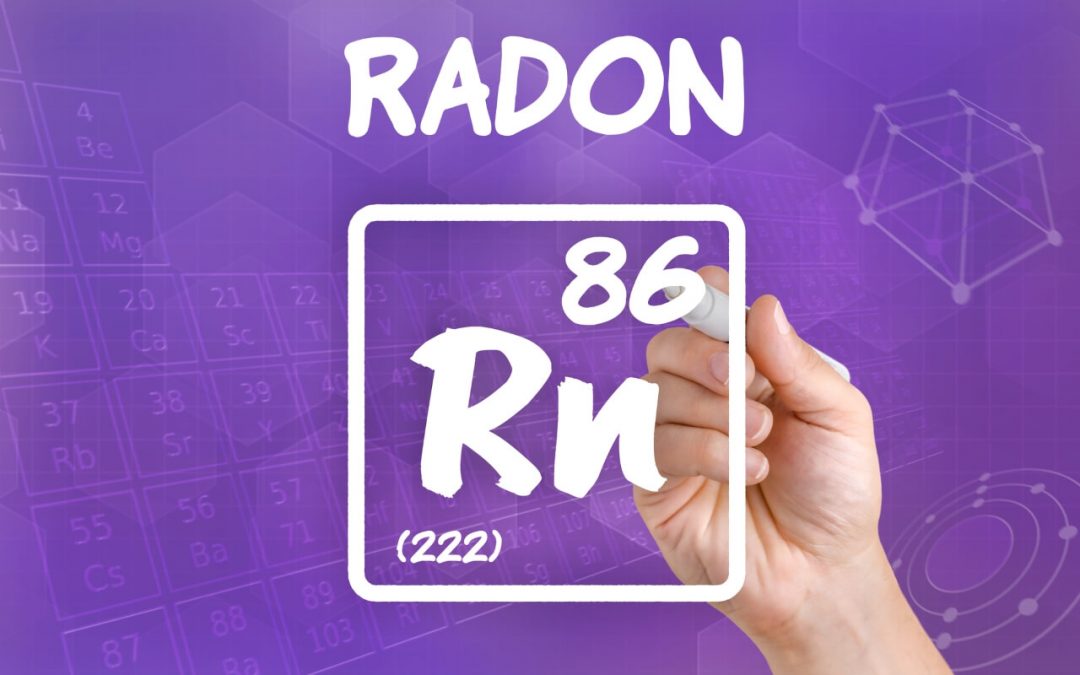Data from the Environmental Protection Agency shows a causational relationship between long-term exposure to radon gas and lung cancer. Lung cancer is a leading cause of cancer-related deaths in both men and women. Because of the danger to you and your family, radon in the home should be a concern.
Testing the house for radon gas and taking steps to mitigate any issues will help keep your family protected.
What is Radon?
Radon is a radioactive gas produced as a by-product during the breakdown of radioactive materials like uranium, thorium, and radium in the soil. The gas is especially dangerous because it’s odorless and colorless, which means it might be present in your home without you knowing it. As the radioactive materials break down, some of the gas produced seeps up through the ground and into the atmosphere and our homes.
Your chances of contracting lung cancer depend on how much radon gas is in the air you breathe and how long you’re exposed.
Radon in the Home and Lung Cancer
Radon gas causes cancer by affecting the tissue in your lungs. Long-term exposure causes radioactive particles in your lungs to contribute to the growth of cancer cells.
Studies show that radon is the second-largest cause of small-cell lung cancer, and while this type of lung cancer only accounts for up to 15% of all lung cancers, it’s highly aggressive and has low chances of remission.
Testing for Radon in the Home
To track radon levels at home, install a testing device on the lower floor of your house. Hire a professional who understands how to conduct the test and interpret the results. While short-term tests can take up to 90 days, testing the home for a more extended period gives you better insight into exposure risks.
Once you determine how much radon is seeping into your home, take measures to reduce the amount of exposure you and your family experience.
Seal and caulk cracks. Typically, radon seeps into your home through gaps and cracks in the foundation.
- Sealing and caulking openings reduce how much radon enters the home.
- Install a radon mitigation system. These are installed under the floor and consist of a fan and a pipe under your foundation. The system circulates air from the ground and pushes it through a pipe that vents above the roof.
- Boost ventilation. Ventilation reduces radon levels. Positive ventilation involves installing a fan from the roof blowing fresh air into the home, which pushes out radon gas. Alternatively, natural and active underfloor ventilation is best for suspended houses and works by blowing the air in the space between the ground and your home into the atmosphere and away from the house.
Radon is a threat to your health if you don’t take the necessary precautions. If you are concerned about radon in the home and your family’s health, contact a professional to test the levels and recommend the best solutions.
Mich-Inspect offers home inspection services, including radon testing, in Michigan. Contact us to schedule an appointment.

